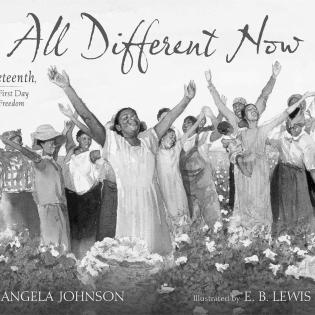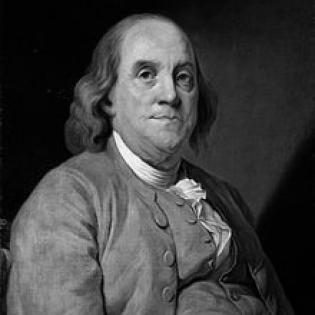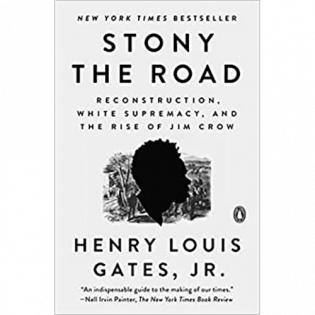Video Clip and Discussion Guide: Amanda Gorman, the U.S. Youth Poet Laureate, shared this poem "Earthwise" in 2018 on the stage in front of other climate activists. Through discussion, youth examine environmental stewardship and our role as caring citizens.
Filter by subjects:
Filter by grades:
Filter by audience:
Filter by issue area:
Filter by content type:
Filter by resource type:
resource search
Using award-winning literature, the learners describe and analyze racism in Mississippi during the Great Depression. The readers identify the injustices in the community as well as the values and self-respect that build community relationships and strength.
To learn how to conduct research and dedicate time to learning about nonprofit organizations, philanthropists, assessment of nonprofit effectiveness, social causes and issues, and related topics. Research time is scheduled periodically.
This lesson introduces the characteristics of fairy tales as a genre. The children explore positive and negative character traits and universal themes in the story of Cinderella. The service plan is introduced in this lesson and carried out over the next weeks.
This lesson will raise awareness of what constitutes a nutritious meal as well as the price of a healthy meal. Students will learn that some people lack the funds to pay for nutritious meals. It will also motivate the students to raise money to pay for meals
In this activity participants are introduced to the history of youth organizations in the 20th Century and begin to understand the history of their own youth organization.
This book and discussion guide provide a personal and informative approach to the origin of the federal holiday known as Juneteenth. After this hot June day in 1865, things would be all different for enslaved African Americans in Texas. Author Angela Johnson and illustrator E.B. Lewis bring readers along through the experience of learning that the end of slavery is in sight. This book tells the story of Juneteenth from a personal and relatable perspective for people of all ages.
Video Clip and Discussion Guide: Benjamin Franklin is known for many innovations and contributions to the common good. One of his contributions is as a pioneer in the field of philanthropy. He established the model of "public-private partnerships" in which he leveraged private dollars to get the government to contribute to libraries, hospitals, universities, and other needed resources for the common good. We still use this "mixed economy" model.
The abolition of slavery in the aftermath of the Civil War is a familiar story, as is the civil rights revolution that transformed the nation after World War II.
Video Clip and Discussion Guide: When we name big-dollar givers in history, we do not often hear the names of women. Historically women's philanthropy looks different. In this video, we look at examples of women's giving. This is not an attempt to define women's philanthropy, but to look at the less recognized, but still significant, giving of women as philanthropists.




